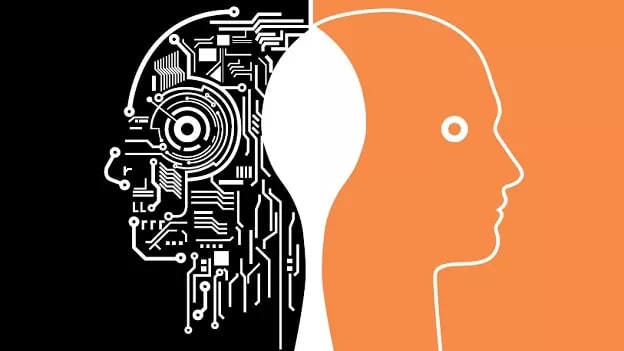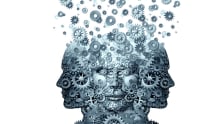Balancing machine and human skill sets

As we witness the breakthroughs in artificial intelligence (AI), many have predicted the transformation of jobs, changes in industries, and advances for consumers. We continue to witness the exciting business impact of technologies that are able to address customers, solve problems, and create new opportunities. In fact, many countries are now developing comprehensive AI strategies to attract talent, business start-ups, and investments. Canada, Japan, and Singapore were early movers in this area while more than 20 other countries have launched national initiatives. For example, Finland has pledged to train at least 1% of the population (or 55,000 people) on AI topics and basic coding in an effort to take a leading role in this space.
While the promise of AI is exciting for business, does this suggest that HR leaders should be transforming themselves and their workforces into a tech programming shop? Of course not, however, it does raise some questions about how we navigate in this fourth industrial revolution that blurs the lines between the physical and digital worlds. While there is certainly a needed push for additional tech skills, I might suggest that as we become surrounded by machines that we begin a renaissance of honing human skills. In other words, let’s consider what unique qualities of humans cannot be easily replicated by machines.
“Humans are like bad robots!” explained some tech experts from my university. As if they had just discovered our species, these robotics researchers explained to me that humans are sometimes unpredictable, they have emotions, they create new ideas, they have a spiritual side, and seem to be more than a basket of competencies. As a human capital researcher, it strikes me that HR leaders could make a significant impact in creating a vibrant future of the workforce by balancing the human capabilities needed. While the rush for AI and tech skills will continue, it would be great if HR leaders work to bring this into balance by taking the following steps:
- Define the breadth of skills needed for “Business Success” for your organization and industry. This is more than just thinking about traditional competency models, rather it can be powerful to step back to really consider the future skills needed. The World Economic Forum identified 10 critical skills for 2020 which includes creativity, critical thinking, complex problem solving, and problem-solving. It is also great to consider other “Human Interaction” skills such as dealing with emotions, negotiating with others, coordinating across borders, harnessing motivation, and addressing conflict. While these are often considered as “Soft Skills” – perhaps it is time we consider these as “Human Skills?”
- Discover what skills already exist in the organization and what other sources of skills might be available. Too often HR leaders lack a clear picture of the skill sets that are already resident in the organization. While services from organizations such as LinkedIn can help, it is increasingly important to have insights on the skills within the organization. When examining the gap between current and future skills required, it is important to consider alternative sources of skills. This can include not just traditional hiring, but also other forms of skill acquisition such as borrowing talent for short-term needs through alliances or individual term contracts. Many talent-oriented companies are constantly looking for talent, but not for current hiring – they are building the databases for future skill needs.
- Develop skills in a balanced spectrum between those that are technology-oriented and human-centered. The days of holding corporate training classes on various topics have largely faded as new avenues for learning and accessing information have taken shape. However, the development of human interaction skills is often overlooked as an opportunity to not only reinforce the values of the organization but also shape corporate culture. While spending time in “Class” to learn and practice human management skills may sound like the old school method, the reality is that many young professionals do not have the opportunity to hone these skills – especially when all the signs are pointing toward technical skill development.
- Deploy people in a way that furthers skill development and fosters diversity. Of course, one of the best ways of developing and retaining skilled talent is to consider their assigned roles in the organization. In addition to considering assignments for individual skill development, some organizations are working actively to mix people across departments to foster a more inclusive environment and improve the diversity of the organization. Diversity is not only a good thing to do; it also has a great impact on innovation and creativity – another way of enhancing human skill levels.
The promise of our digital future is exciting and we clearly need more technology-oriented skills in the workplaces of tomorrow.
As people managers, we will serve the future well to keep the acquisition of tech skills in balance with human skills. Our human behaviors, emotions, motivations, and unpredictable reactions have not yet been replaced by machines... so we best keep developing our human skills as this makes us unique in the world – it would be a shame if humans became more like machines!
When examining the gap between current and future skills required, it is important to consider alternative sources of skills that include not just traditional hiring, but also other forms of skill acquisition such as borrowing talent for short-term needs through alliances or individual term contracts.







